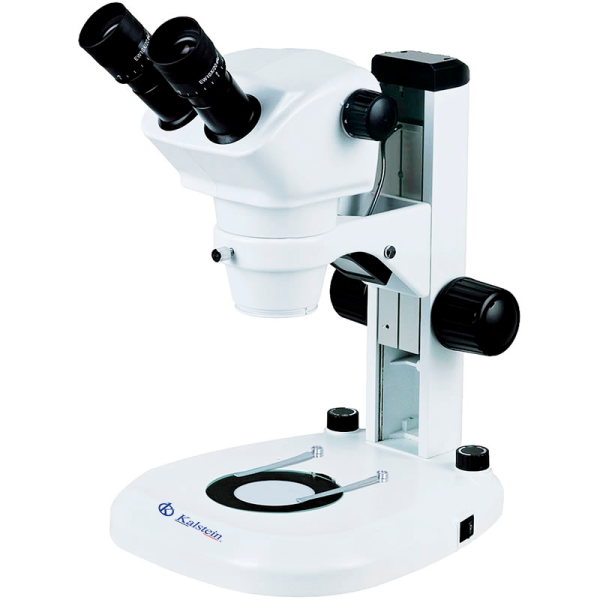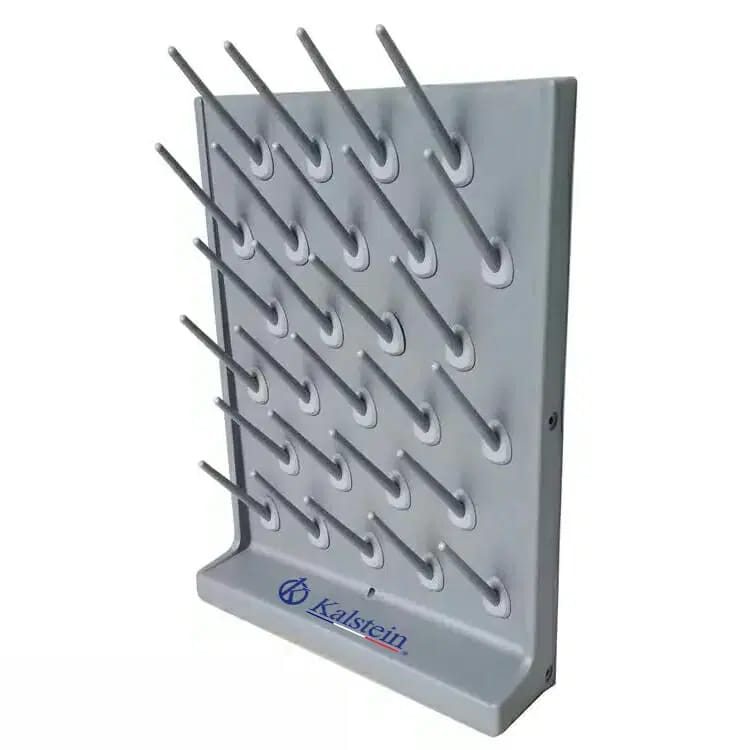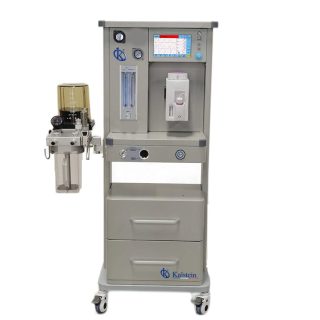They are a type of microscope whose distinctive feature is the presence of a digital camera that replaces the eyepiece, that is, with this type of equipment the eyepiece is usually absent, therefore, you cannot visualize the samples directly with the eyes, instead, comes an included screen or the image is transmitted via USB to a computer.
However, this does not apply to trinocular microscopes, since they, having three eyepieces, allow to visualize the sample with both eyes and also transmit the image to a computer through a third eyepiece to which a camera is connected.
Digital microscope software not only makes it easy to view samples in an extended way on a screen or computer, but also supports taking photographs, making videos and measuring 3D samples, among many other applications. Note that all information is stored in the memory of the device to which it is connected.
Types of Digital Microscopes
- Monocular microscopes: these are basic digital microscopes that only allow the visualization of samples through a screen, whether incorporated or through the use of a computer, i.e. it does not accept any alternative form of observation. In general, they do not have a high magnification and the images obtained cannot be adjusted much.
- Trinocular microscopes: they are more advanced and specialized microscopes that have a great increase. They are characterized by having three eyepieces, the two conventional, for the traditional observation of the sample, and an additional one to which the camera is connected. The camera has a digital output to which a display can be installed or connected via a USB cable to another electronic display device.
The rise of digital microscopes
A critical aspect of acquiring a digital microscope is the power of the camera. In general, not all cameras are the same or have the same resolution, this applies the same way to digital microscopes.
If the microscope has a high resolution camera, the images obtained with it can be increased much more without losing the quality, that is, the increase will be greater. In the opposite case, that is, if the microscope has a low resolution camera, the increase will be smaller, and when you want to enlarge the image will be pixelated.
Of course, always keep in mind that the maximum magnification of any microscope is 1500x, therefore, it is necessary to remember that any digital microscope that indicates a greater magnification than this, refers to the enlargement of the image with the digital camera and not the capacity of the microscope.
Advantages of digital microscopes
- They are easier to use than traditional microscopes so they are a friendly alternative.
- They are more comfortable, the view gets less tired when looking at a screen than when looking through a microscope for hours.
- Sharing information with colleagues is easier, just need everyone to watch the screen.
- Teaching in simpler ways, often when viewed under a microscope in a traditional way, not everyone is able to appreciate the same. On a screen it is easier for a tutor to indicate what to see or what is the important part.
- High quality images can be edited in camera software to correct lighting, sharpness and other problems.
- Images captured with a digital microscope are stored in computer memory, so it is not necessary to observe the sample under a microscope over and over again, as is the case with traditional microscopes.
Kalstein digital Microscopes
At Kalstein, we are microscope MANUFACTURERS and have a wide range at the best PRICES, our trinocular microscopes include: the YR0230 model, with an innovative support structure and a clear image display, or the YR0231 model, with infinite optical system and Kohler illumination, which allows excellent optical quality which will help to make the observed image perfect.
Before making your PURCHASE you will be advised by our experts to make your experience excellent. To view our catalog, visit HERE




